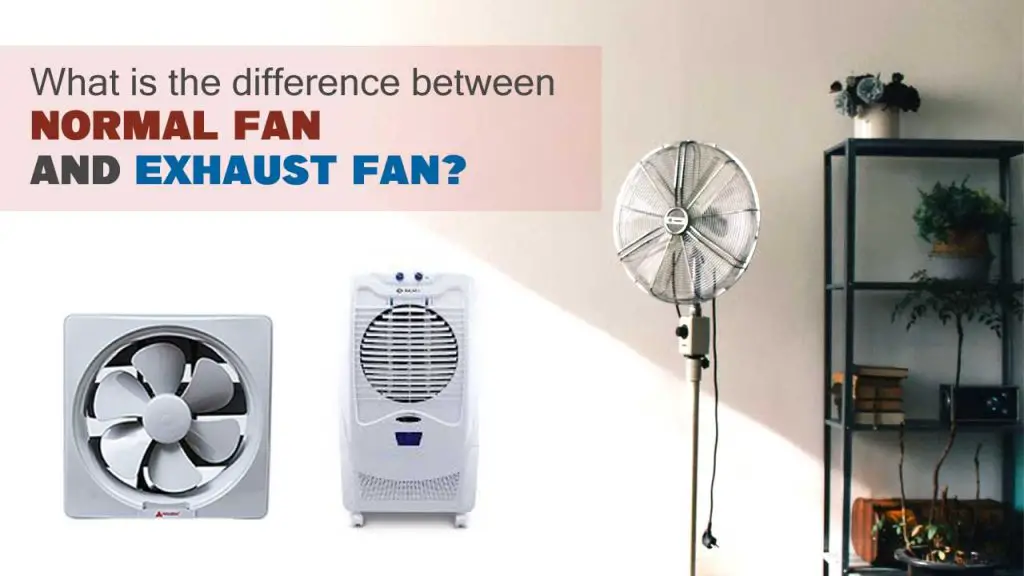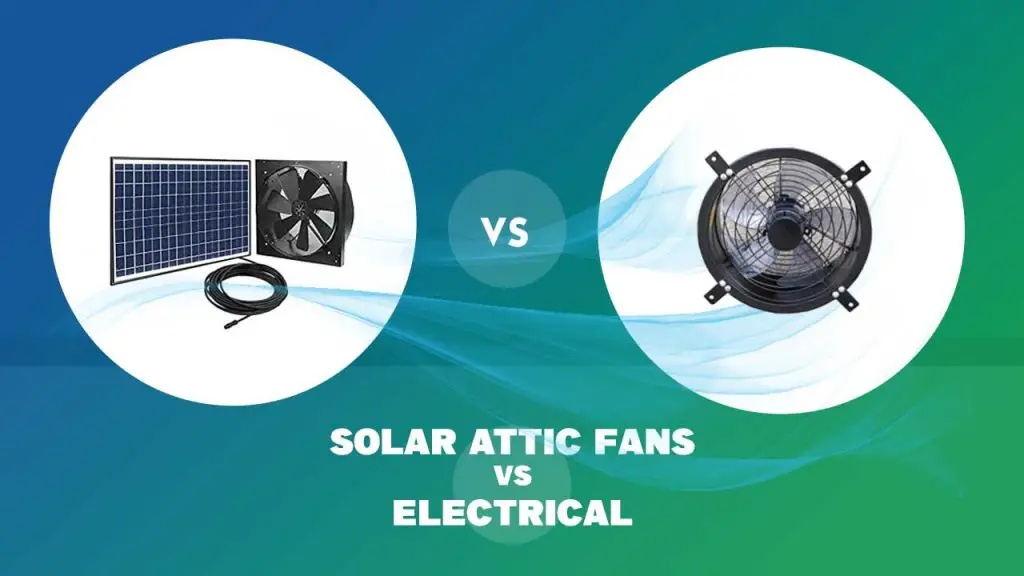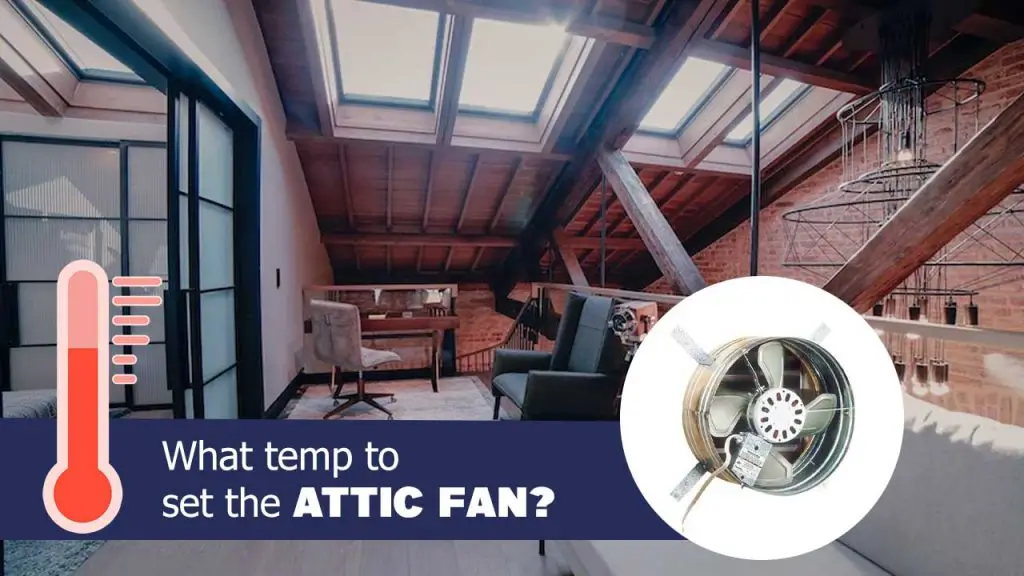Fans have become a very crucial part of our lives and existence. Whether in our homes, offices or industrial spaces, fans tend to serve a lot of purposes, from cooling and ventilation to exhaustion.
A fan is an appliance that usually comprises a number of internal or external blades, a propelling motor, and a power source.
Depending on the type, a fan’s blade can be exposed or enclosed in a box for various reasons. There are different types of fans and this post will focus on two types; normal fans and exhaust fans.
A normal fan may refer to fans designed for cooling, temperature regulation, and sometimes ventilation. Their job is to circulate air in a room in a manner that gives a cooling effect on the body while also keeping the air fresh.
They include ceiling, wall, and table fans. On the other hand, an exhaust fan does exactly as the name implies. They help to remove polluted air in a room or space in order to keep it fresh.
Normal Fan Vs Exhaust Fan
The most important difference between a normal fan and an exhaust fan lies in their definitions; what they are designed to do. We’ll break that down shortly, along with other major differences, as we move along.
1. Physical design
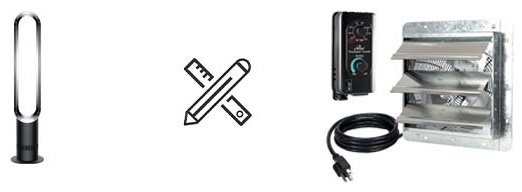
Normal fans like ceiling or table fans are much simpler in appearance. They’re mostly circular, except for some so-called bladeless fans like the Dyson Multiplier fan.
On the other hand, exhaust fans are often packaged in square or rectangular boxes. The iLiving 12″ exhaust fan is a good illustration. This is, perhaps, the most obvious way to distinguish a normal fan from an exhaust fan, but this doesn’t mean there are no exceptions.
2. Purpose and function

Like we said before, the purpose and function of a fan often set it apart from others. A good-working normal fan keeps the room cool and cheerful by circulating air all around the space. This helps to promote comfort and convenience and ensures the room stays cool enough.
On the other hand, an exhaust fan is often deployed in the bathroom, kitchen, laundry room, or garage to remove stale, damp and polluted air to maintain air freshness.
3. Placement and Installation
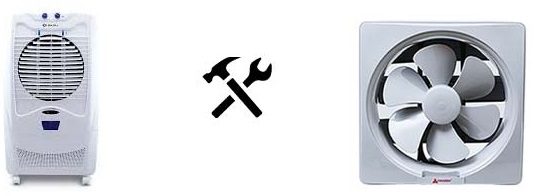
It’s important to mention that exhaust fans are only recommended for specific rooms and spaces where they’re required. For instance, a bathroom needs an exhaust fan because it is prone to humidity, vapor and odors, etc.,
Whereas a normal fan can be deployed anywhere in the house, as long as there’s room for it. Also, installation techniques and placement are different for the two fans.
A normal fan is usually installed hanging from the ceiling (in the case of a ceiling fan), attached to a wall, or simply placed on a table (in the case of a mini table fan), while an exhaust fan is installed in the ceiling or on the wall, or hanging from the ceiling above the stove area in the kitchen.
The major difference is that an exhaust fan is often connected to a duct to properly send the bad air out of the house.
4. Blade type and positioning

Another major difference that needs to be mentioned is the fact that the blades are packaged differently. Normal fans often come with exposed blades or, in the case of bladeless units, concealed blades.
On the other hand, exhaust fans have their blades enclosed in a box. Sometimes these blades are also enclosed in a duct. Beyond placement, the size of the blades is also largely different; normal fan blades are usually longer than exhaust fan blades.
5. Power consumption
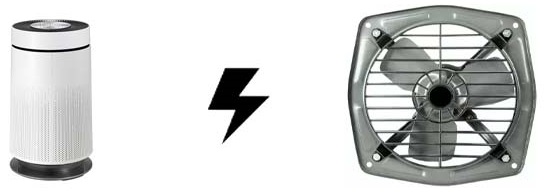
There’s a reason an exhaust fan is called a power-saving fan; it’s because they consume a little less energy than regular fans. On average, an exhaust fan, depending on the size and capacity, consumes anywhere from 10 watts to around 60 watts.
Even industrial exhaust fans rarely consume more than 80 watts of electricity. This is not to say that normal fans are not energy saving, they’re just less economical in that sense.
Typically, a regular ceiling or table fan consumes anywhere from 15 watts to about 90 watts, depending on the size and capacity. Tower fans, on the other hand, may go as high as 100-120 watts, depending on brand and capacity.
6. Aesthetic value

This is a more superficial factor but it is important if you care about aesthetics.
Normal fans are designed to add value to the home’s interior, so they’re often aesthetically enhanced with colors, patterns, and sculptural additions to make them pleasant to look at. See this Minka Aire Ceiling fan for reference.
On the other hand, exhaust fans do not necessarily have an aesthetic value.
Which Is Better? Normal Fan Or Exhaust Fan?
This largely depends on what you’re buying the fan for. It is hard to say a regular fan is better than an exhaust fan or vice versa because they’re not used for the same purpose.
When it comes to ventilation and removing stale, polluted air from a room, an exhaust fan is the best type of fan to use- nothing else comes close. It performs better than a regular fan in that regard.
If you must use a ceiling or wall fan for ventilation, the windows or doors must be left open, otherwise, you’ll simply be circling the same air within the same space.
That said, a normal fan is better than an exhaust fan for cooling. An exhaust fan cannot offer that cooling effect but has a way of reducing the temperature (though minimally) in the kitchen by removing hot air.
So, deciding which one is best depends on where you intend to use it and for what. An exhaust fan is better in bathrooms, kitchens, garages, basements, and laundry rooms, but fans are certainly preferred in living rooms, bedrooms, offices, and so on.
When Should You Use a Normal Fan? When Should You Use an Exhaust Fan?
You should already have a clue when each of the two fan types should be used based on all we’ve talked about so far. For emphasis, an exhaust fan should be used when the intention is to remove damp, stale and polluted air in a room.
An exhaust fan will also help with reducing humidity so that should be a factor. On the flip side, a normal fan should be used when the focus is to provide a cooling effect and reduce indoor temperature significantly.
Other factors like the presence or absence of a window or door, the presence or absence of an outside wall, and whether or not the room has ductwork can be the deciding factor for picking between a normal fan and an exhaust fan.
Final Words:
Knowing what fan will work best for specific situations can be the difference between enjoying clean, healthy indoor air and suffering from respiratory difficulties because of poor air.
If there’s one thing to take from this post, it is the fact that a normal fan is different from an exhaust fan in so many ways, including purpose, physical appearance, blade size and placement, installation, and power consumption, among others.
Understanding these differences will help you make the right choice in any situation and know how each fan should be applied.
| Photo | Title | Buy |
|---|---|---|

|
LEVOIT Air Purifier for Home & Bedroom - For Allergies and Pets Hair | Check Price On Amazon |

|
BREEZOME 60 OZ Quiet Dehumidifiers for Home, Dual-Semiconductor | Check Price On Amazon |

|
AquaOasis™ Cool Mist Quiet Ultrasonic Humidifier for Bedroom & Large room | Check Price On Amazon |

|
43.3'' Portable Air Conditioners, 3-IN-1 Evaporative Air Cooler w/Remote | Check Price On Amazon |

|
BlueDri BD-AS-550-BL Negative Machine Airbourne Cleaner HEPA Air Scrubber | Check Price On Amazon |
